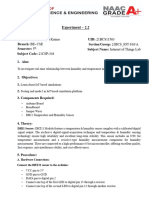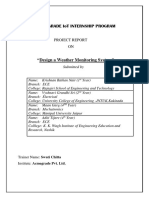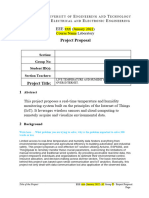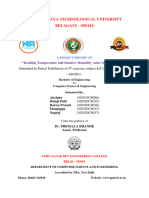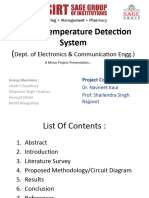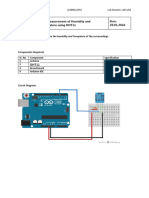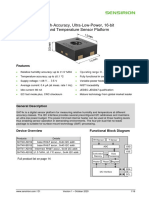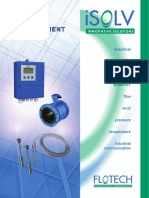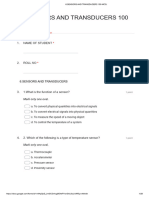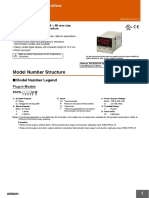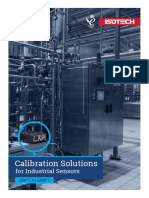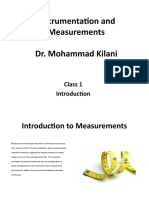0% found this document useful (0 votes)
10 views8 pagesCep Embedded Systems
The document outlines a project aimed at designing a Temperature-Humidity measurement system using an ATmega328P microcontroller and an SHT21 sensor. It details the project's objectives, tasks, resource identification, budgeting, and risk assessment, highlighting the integration of real-time data display and data logging capabilities. The project aims to provide an efficient and user-friendly solution for environmental monitoring, with future enhancements planned for remote communication.
Uploaded by
irtiza.cu.cuCopyright
© © All Rights Reserved
We take content rights seriously. If you suspect this is your content, claim it here.
Available Formats
Download as PDF, TXT or read online on Scribd
0% found this document useful (0 votes)
10 views8 pagesCep Embedded Systems
The document outlines a project aimed at designing a Temperature-Humidity measurement system using an ATmega328P microcontroller and an SHT21 sensor. It details the project's objectives, tasks, resource identification, budgeting, and risk assessment, highlighting the integration of real-time data display and data logging capabilities. The project aims to provide an efficient and user-friendly solution for environmental monitoring, with future enhancements planned for remote communication.
Uploaded by
irtiza.cu.cuCopyright
© © All Rights Reserved
We take content rights seriously. If you suspect this is your content, claim it here.
Available Formats
Download as PDF, TXT or read online on Scribd
/ 8













